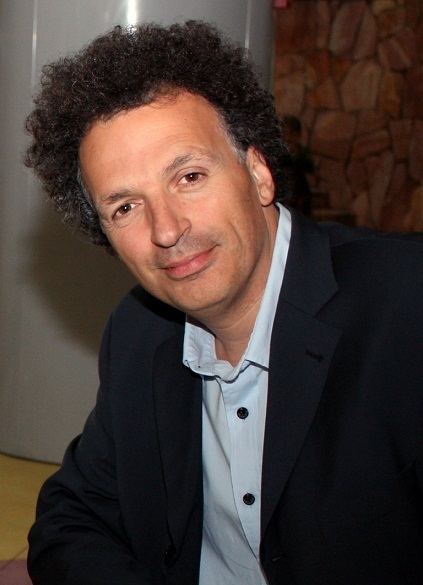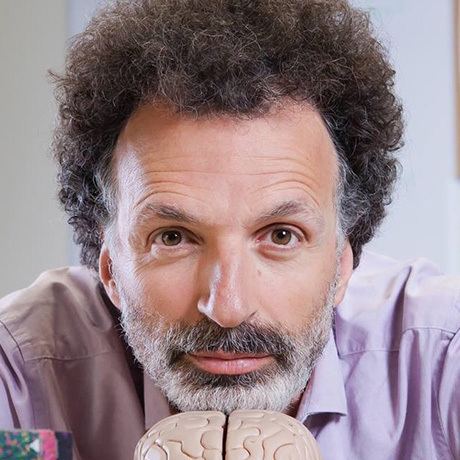Name Moshe Bar | Role Neuroscientist | |
 | ||
Education | ||
Moshe Bar is a neuroscientist, director of the Gonda Multidisciplinary Brain Research Center at Bar-Ilan University, associate professor in psychiatry and radiology at Harvard Medical School, and associate professor in psychiatry and neuroscience at Massachusetts General Hospital. He directs the Cognitive Neuroscience Laboratory at the Athinoula A. Martinos Center for Biomedical Imaging. Bar had used methods from cognitive psychology, psychophysics, computational neuroscience, psychiatry and human brain imaging to explore issues concerning human vision, context and predictions.
Contents

Professional history
Bar graduated from Ben-Gurion University in Israel in 1988 with a Bachelor of Science in Biomedical Engineering. After graduating from University, Bar spent the next six years as a member of Israeli Air Force, during which time he began his Masters work in Computer Science at the Weizmann Institute of Science. After completing his Masters education in 1994, he entered a PhD program in Cognitive Neuroscience at the University of Southern California, where he was awarded the Psychology department’s ‘Outstanding Doctoral Thesis' Award. His dissertation investigated priming effects elicited by subliminal visual stimuli. Bar subsequently completed a postdoctoral fellowship at Harvard University before receiving his appointments at Harvard Medical School and Massachusetts General Hospital. In 2011, he assumed directorship of the Gonda Multidisciplinary Brain Research Center at Bar-Ilan University.
Research
Using behavioral experiments and neuroimaging technologies including functional magnetic resonance imaging (fMRI) and magnetoencephalography (MEG), Bar's research group investigates how the brain uses prior knowledge to generate predictions and guide cognition efficiently. A large portion of this research has focused on two specific predictive systems.
First, Bar investigates how the brain makes use of learned contextual regularities. When entering an office, for example, previous experience with this type of environment prepares one to expect computers, desks and fax machines. Seminal studies from the 1970s demonstrated that objects are recognized faster and more accurately when accompanied by contextual information. Bar has expanded on this research by identifying the suite of brain regions, which he has dubbed the "context network," underlying this facilitation. The context network consists of the retrosplenial complex, parahippocampal cortex, and ventromedial prefrontal cortex. His lab has also demonstrated that these regions are activated early enough to facilitate visual perception.
Second, Bar had published substantial evidence supporting a specific mechanism in the brain which uses gross object properties to facilitate visual recognition. According to this proposal, a low spatial frequency (LSF) representation of an image (essentially a blurred version of the input) is projected rapidly from early visual cortex to orbitofrontal cortex (OFC) via the dorsal magnocellular pathway. This coarse representation, despite lacking fine detail, conveys sufficient gross detail to activate a number of candidate objects based on learning. For example, from experience it is clear that a thin cylinder might be a pen or a laser pointer, but not a computer mouse. These predictions may then constrain the slower, more detail oriented processes taking place in the ventral visual stream. This system may account, in part, for the efficiency of human vision.
Bar has also published research on a wide array of related areas, including the flow of information in the cortex during visual recognition, visual awareness, the formation of first impressions, and the visual elements that determine human preference. With the support of the National Institute of Mental Health, he has recently begun applying his research on contextual associations to neuropsychiatry, investigating if the neural networks mediating contextual associations are functionally impaired in individuals with mood disorders.
